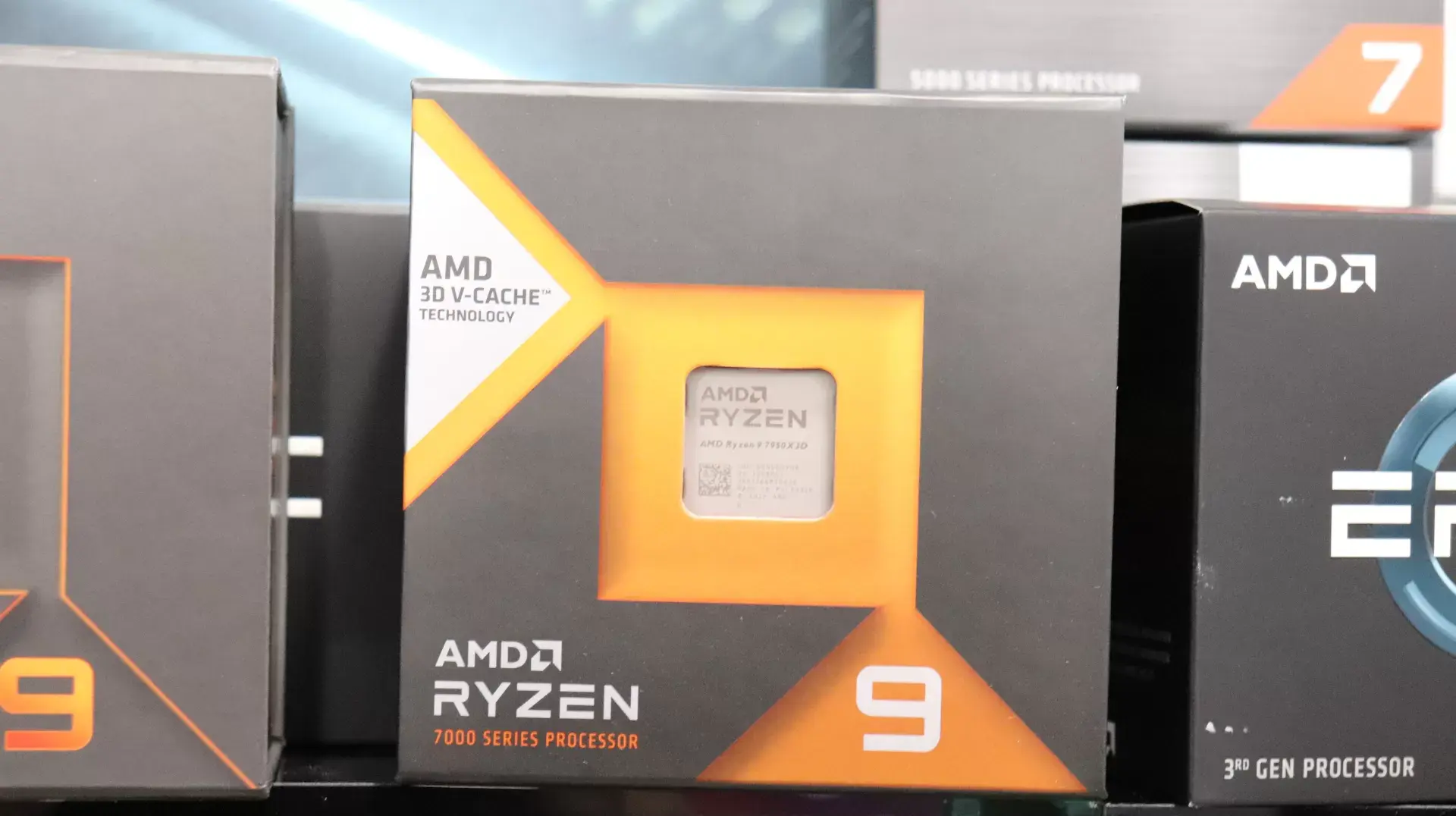AMD CPUs since the Ryzen 3000 series (Zen 2) have had the notion of “preferred cores” that via ACPI CPPC are communicated to the OS and could be shown under Windows with the likes of AMD Ryzen Master. Now we have AMD Linux engineers working on properly leveraging the “preferred cores” handling for the modern AMD P-State CPU frequency scaling driver that’s seen much work over the past two years.



Can anybody ELI5 this for me? I have an AMD Ryzen 5 3600X, so does that mean it’ll go faster now?
Each CPU core is slightly different due to the manufacturing process, their placement on the die, and other factors.
Some cores boost higher than others, and can have better single-threaded performance, while others are a little slower.
Currently, games and programmes are assigned a random core for its main thread, which isn’t ideal.
P-states will address that by sorting cores by their relative performance, and assigning the more performant cores first.
So while this doesn’t make your CPU faster, applications should see a small boost in performance.
Are preferred cores identified at manufacturing, or during the everyday running of the machine?
Modern CPUs have sensors and monitoring circuits that constantly measure factors like temperature, power consumption, and workload intensity for each core. These measurements provide real-time data about the operating conditions and performance capabilities of individual cores.
The shift in the ‘preferred’ core as the silicon ages is a relatively common occurrence. P-states enable the processor to maintain peak performance levels regardless of its ageing process.
Be aware that the ageing process is quite gradual, and any discernible variances are unlikely to manifest over the regular lifespan of a standard processor.
Thanks, I appreciate the explanation :)
I posted a longer comment below, but yes. It’s also not in the kernel yet and might not be in some time (likely 6.7), which is probably months away from reaching normal distributions.